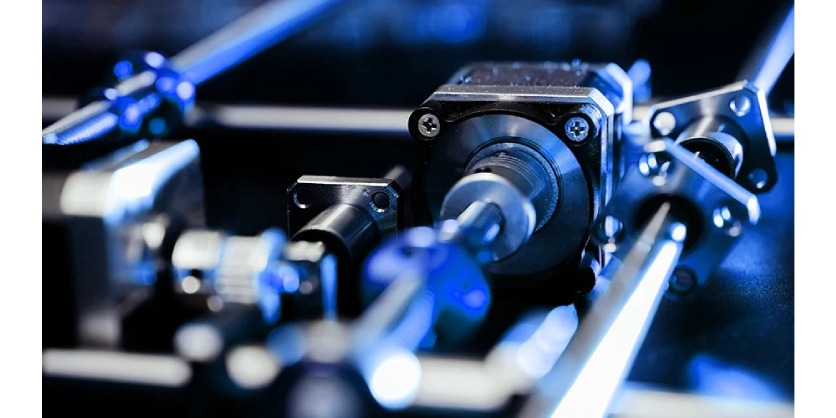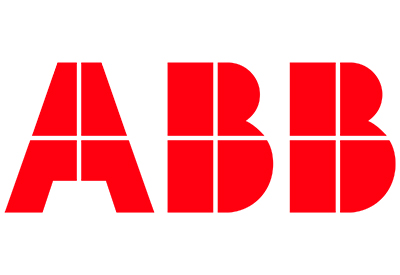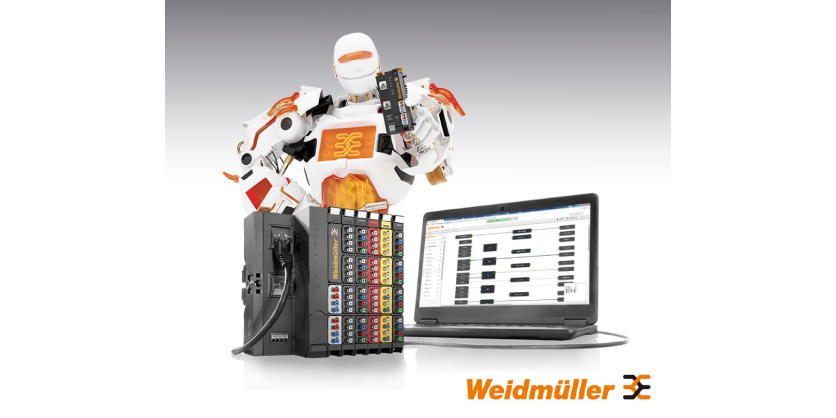5 Mistakes to Avoid When Specifying a Stepper System
February 18, 2025

Kollmergen looks at the five most common mistakes that engineers make when specifying and working with stepper motors and drives, the problems that can result, and how you can avoid them. They also list five best practices for making the right choice.
We all make mistakes — even machine engineers. Almost always, a mistake is an opportunity to learn and grow. Or, as the great Irish author Samuel Beckett put it, “Try again. Fail again. Fail better.”
But in order to engineer a market-worthy product, this cycle of failing better must ultimately lead to success. Of course, the best scenario is to get it right the first time. Kollmorgen is here to help.
Once you have evaluated your choice of motion technologies and decided to use a stepper system, you will need to choose the optimum motor and drive for your application requirements. This is one area where it can be all too easy to make mistakes that affect your development time and costs.
Kollmergen looks at the five most common mistakes that engineers make when specifying and working with stepper motors and drives, the problems that can result, and how you can avoid them. They also list five best practices for making the right choice.
Mistake 1 — Believing that a motor will deliver its speed and torque ratings when matched with any stepper drive
With servo motors, you are probably already aware that the rated torque, stall torque and speed are all specified under ideal conditions. The values you obtain in actual use depend as much on the pairing of drive and motor as on the available voltage and current. The same principle applies to stepper motors and drives.
The most reliable way to ensure you will get the performance you require in a stepper motor is to model its performance when matched with the available voltage and current of a particular drive that has the features you need. Generating a performance curve (speed-torque curve) for the matched motor and drive provides the most reliable reference.
Kollmorgen’s online Stepper Optimizer tool makes this process easy. Begin by choosing a motor that physically fits your application, then modify the available voltage and current to produce a torque/speed curve for your drive. Or, alternatively, identify your required torque/speed or basic motion profile, then let the tool automatically find the best solution that fits your application requirements.
Keep in mind that a motor’s stall torque is not an indication of the torque it can generate while moving — especially during accelerations and decelerations, where higher torque is required. Using the Stepper Optimizer to choose a system based on your application’s actual dynamic requirements can help you avoid this mistake.
Mistake 2 — Specifying a microstepping drive for the wrong reasons
If you are looking for the greatest possible control over velocity and position, a servo system is likely a better choice for your application than a stepper. But it may be tempting to specify a stepper motor and microstepping drive instead, thinking you can achieve comparable accuracy without necessarily requiring feedback-based control. This can be a mistake.
Microstepping was developed to allow motors to overcome the effects of noise and vibration at the low-end resonant regions or even to run continuously within these low-end regions. The drive divides the 1.8º step angle into as many as 250 microsteps, but these individual pulses may not be uniform. The motor’s position and velocity are not necessarily constant down to the microstep level. While a microstepping drive does deliver higher resolution than a standard stepper drive, this doesn’t necessarily guarantee an increase in accuracy.
Instead, a primary benefit of microstepping is reduction of vibration, noise and ringing at low motor speeds. This brings up another potential mistake — expecting a microstepping drive to mitigate all resonance issues. In addition to low speeds, stepper motors can also exhibit a resonance period around the mid-speed range. Microstepping will not help with this issue. Instead, choosing a drive with anti-resonant algorithms is the best way to handle these resonances.
Mistake 3: Undersizing or oversizing the motor
Undersizing a stepper motor will at best cause excessive heat, unsatisfactory acceleration and deceleration, and generally poor performance. At worst, the motor will lose pulses, position improperly, or stall altogether under heavy loading or high acceleration and deceleration.
Oversizing the motor will cause it to generate more audible noise as well as higher EMI/RFI noise. It may also mean higher costs for the motor and drive as well as wasted panel space and a machine that’s larger and heavier than necessary.
Kollmorgen’s Stepper Optimizer tool can help you avoid these basic mistakes, leading you to the motor that best fits your application’s size and performance requirements.
Mistake 4: Mismatching load-to-motor inertia
The old rules of servo system inertia matching no longer apply. But for stepper systems, it is still as important as ever to consider the load-to-motor inertia since these systems are typically open-loop. Even when adding an encoder to create a closed-loop stepper system, an inertia mismatch cannot be much more than one order of magnitude (10:1) without causing the motor to lose pulses, misposition the load, draw excessive current, or even stall.
Mistake 5: Failing to account for the machine’s inherent frequencies
Engineers should understand the machine’s characteristic frequency (omega-natural), as well as its anti-resonant frequency, and avoid commanded speeds that are within the system’s natural frequency range. A microstepping drive with anti-resonant circuitry will help greatly with this, but the machine will still ring at certain motor speeds if care is not taken to select a motor and drive combination that can perform outside of these resonances. Choosing the wrong stepper for such an application can result in a noisy machine that vibrates at certain speeds and performs unreliably.
5 best practices for making the right choice the first time
- Make sure you understand your machine’s mechanical limitations and requirements such as mechanical resonant frequency, mechanical bandwidth, load inertia (ideally ≤ 10:1), static and dynamic friction, and so on. This is true for any equipment that incorporates motion, no matter how precise.
- Use a sizing program such as Kollmorgen’s Stepper Optimizer to properly size your system based on reliable speed-torque performance curves.
- Select a drive that matches the available bus voltage and has the desired features, and select a motor that offers the required performance curve — outside the machine’s resonant frequency — when matched with the drive.
- Do not force steppers into the role of performing high-speed or high-precision motions where a servo may provide a better results. Just like steppers, servos have come down in price over the years and are much easier to apply.
- Get collaborative engineering help. Kollmorgen offers the industry’s highest-performing motors and drives, but they are much more than just a supplier. Their mission is to help your application be the best it can be. Get in touch with their motion experts, and get started optimizing your machine today.
More Information
Related Story
Kollmorgen Expands P8000 Series with P80360 Stepper Drive
Kollmorgen has announced the launch of the P80360 stepper drive, the latest addition to its P8000 series. This new drive brings advanced functionality to the series, including closed-loop position control and full programmability, combining the precision of servo systems with the reliability and simplicity of stepper technology.





